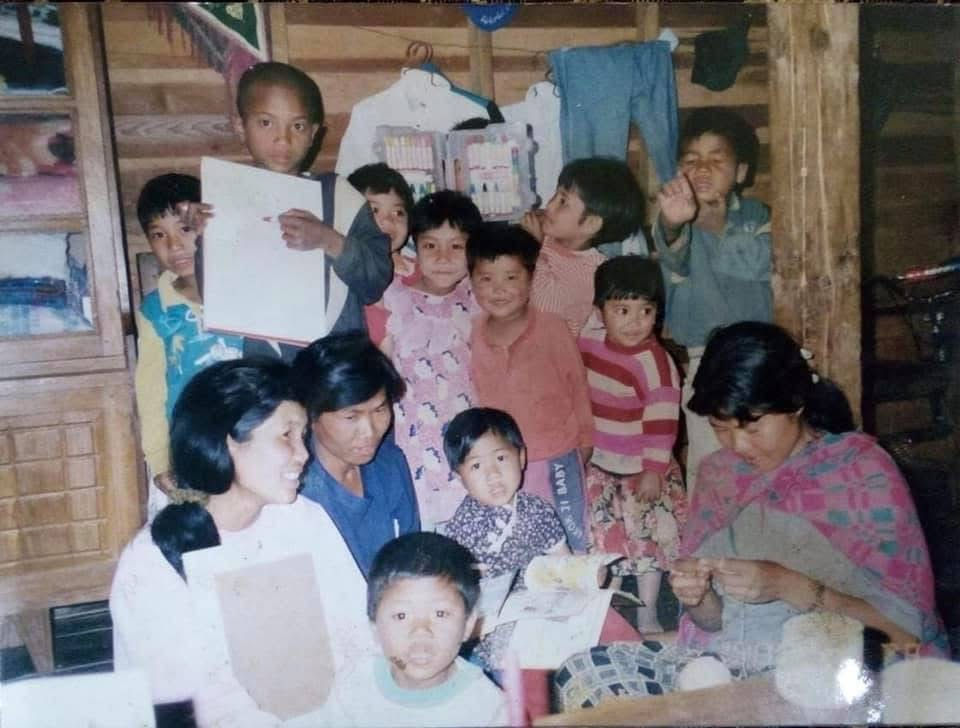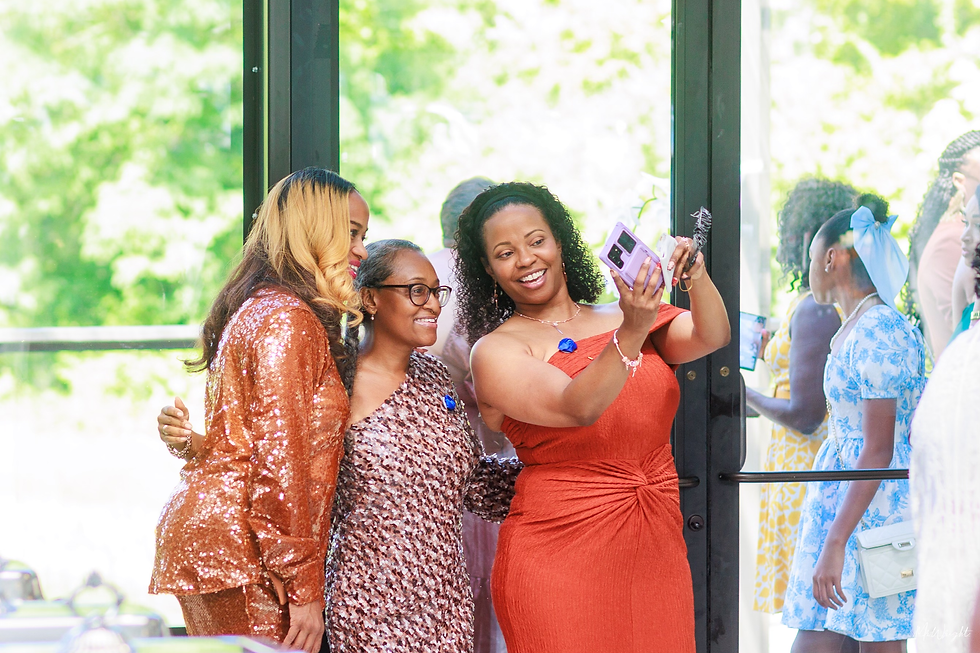The Art of Storytelling
- Hannah Jordan

- Apr 15, 2022
- 4 min read
Updated: May 22, 2023
You don’t often think of books and stories when thinking about sustainability. I know when I think of sustainability, I think of it in a purely physical form, environmental sustainability: don’t overuse resources, shop secondhand, and stop using so much plastic. According to McGill University, “sustainability means meeting our own needs without compromising the ability of future generations to meet their own needs.” While this definition generally evokes environmental sustainability, it also leaves it open to see a different side of sustainability. A side that often gets overlooked – emotional and social sustainability.

In my opinion, books have a unique position when it comes to sustainability. Environmentally, you can shop secondhand instead of buying a new print. If new books aren’t being bought as prolifically, less will be printed and the fewer trees need to be cut for paper. Using an e-reader for books also has a similar effect (e-readers vs. books is an entirely different discussion though). Emotionally and socially, books and the stories they tell not only connect us, but also give us a way to share knowledge. Stories ground us and bring us closer to those who lived before us, giving us a distinctive window in which to view the past and, in turn, to learn from it. Emotional sustainability presents the consumer an experience that is beneficial as well as an inspirational moment in time. Reading books and telling stories does exactly that.
Have you ever shared a cherished book with someone? I don’t just mean a post to Instagram about what you read this month or checking off an item on Goodreads (always great for recommendations though!). I mean the moment you hand your book, potentially annotated, to a person and say, “This book changed my life, I think you’ll love it.” It is one thing to recommend a story to another person, it is an entirely different thing to feel so deeply changed that it needs to be your copy. The story left you feeling so incredibly moved that you could not contain it inside yourself. It had to be shared with the people closest to you in your life. Imagine that person sharing the story and it keeps getting shared in this special way until the book eventually ends up in a “do not keep” box that eventually ends up in a second hand or vintage shop. Now imagine you are the person picking up this heavily passed down book for the first time. The best books are always the most loved. I mean, how sustainable is something if it is disposed of after only one use? This is the kind of emotional and social sustainability that Laura McPhee is supporting.

Laura McPhee, owner of Pen and Pink Vintage, grew up in Indianapolis, feeling like she didn’t quite fit in with her “big dreams about art and literature”. Everything about Indiana felt “too practical”. She wanted to follow in the footsteps of the Indianapolis women before her who got out and lived bigger, breaking out and growing up. And she did just that, following in the footsteps of those like Alice Woods. Alice, studying art in Indianapolis in the first class of the Heron Arts Studio, then moving on to New York, and then to Paris for a year to study with James Whistler. She exhibited her works of art mainly in Indiana. She wrote and illustrated several books for women’s liberation as well. Alice would have definitely inspired Laura to get out there and create and live as much as she could. Laura came back to Indianapolis to share their stories along with so many others – to breathe new life into old books, to ensure stories, especially the stories about Indianapolis women, don’t become lost and forgotten, saying, “It’s important to remember our own history and make sure the women get remembered.”
As a curator of vintage books, Laura understands the sustainability of stories so incredibly well. Her boutique book shop showcases not only beautiful vintage books, but also handmade journals and sketchbooks. The journals are made with vintage album covers and photos from magazines, revitalizing these once loved and now discarded pieces. You can find covers with Madonna, the Beegees, Tina Turner, and all your favorites. My personal favorite notebooks are those with Golden Age starlets. With such a diverse collection, you’ll be able to find the perfect match for your tastes. The books she has collected are just as impressive.
Her favorite books she has found come from the Golden Age of literature and illustration. You’ll be hard pressed to not come across those beautiful hardbacks with heavily decorated spines with words in gold filigree or delicate script.
Finding the perfect owner for these books is a deliberate process. For Laura, it’s about finding the next owner that’s meant to find their particular story. Just like how the wand chooses the wizard, the book chooses the person. She can tell what someone needs and makes recommendations based on what she feels will work for them, making sure these books and stories will last another one hundred years. You may not visit the shop knowing exactly what you want, but you will leave with exactly what you need. Walking through her shop, you can feel the stories jumping off the pages just reaching toward you.
It has been said that the book is dying. That no one wants to read anymore. Just like video killed the radio star, television and the internet killed books. Personally, I’ve never felt this to be true. As a voracious reader from childhood into adulthood, the book world has never felt larger than it does today. The art of telling stories, though, started long before the invention of books and will be here long after physical print. In the Doctor Who episode “The Unicorn and The Wasp”, it is mentioned that even in the year 5,000 people are still reading Agatha Christie stories. How wonderful to think our favorite stories could last for thousands of years. It’s up to us to continue sharing.
Laura McPhee of Pen and Pink Vintage photographed by Abhishika Masih with MORE interns, Aashna Dogra and Shreya Giduturi on set assisting. Article written by Hannah Mills.















Comments